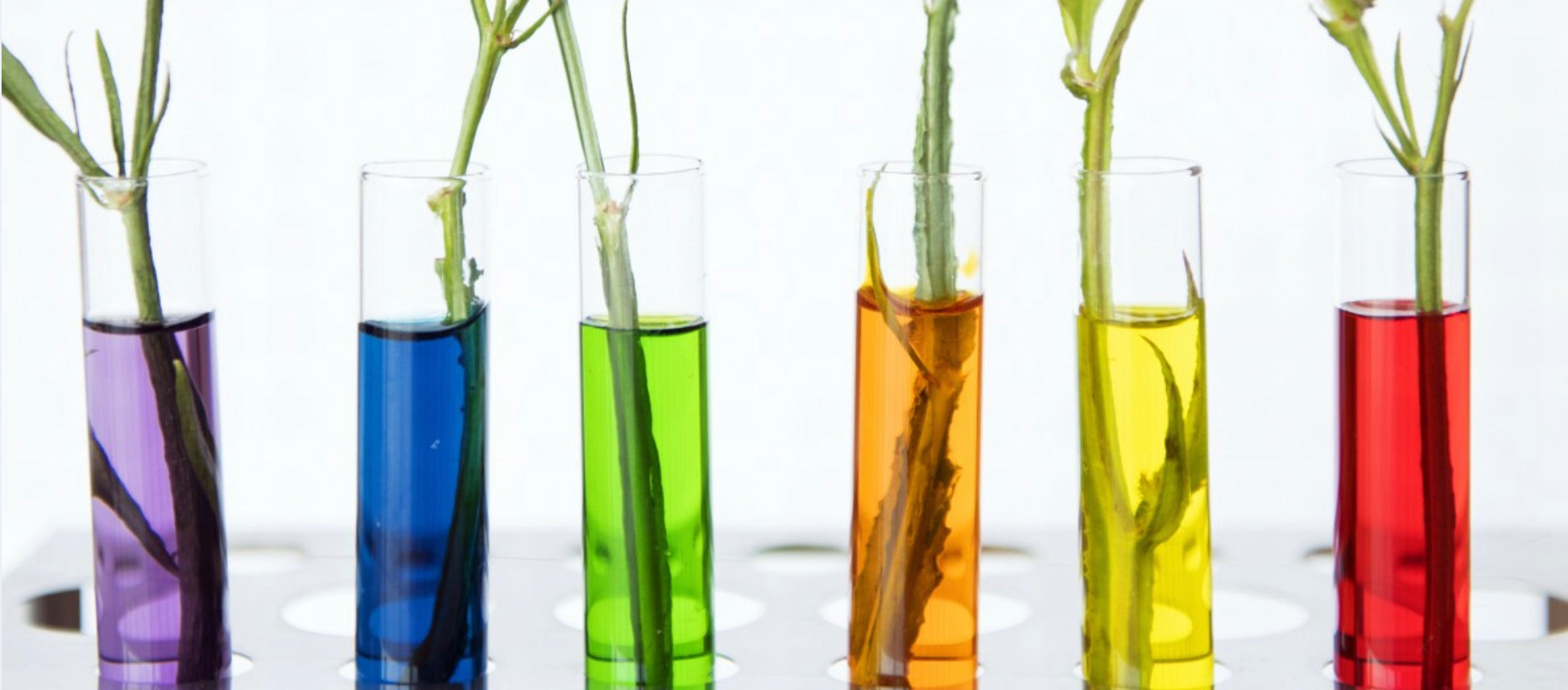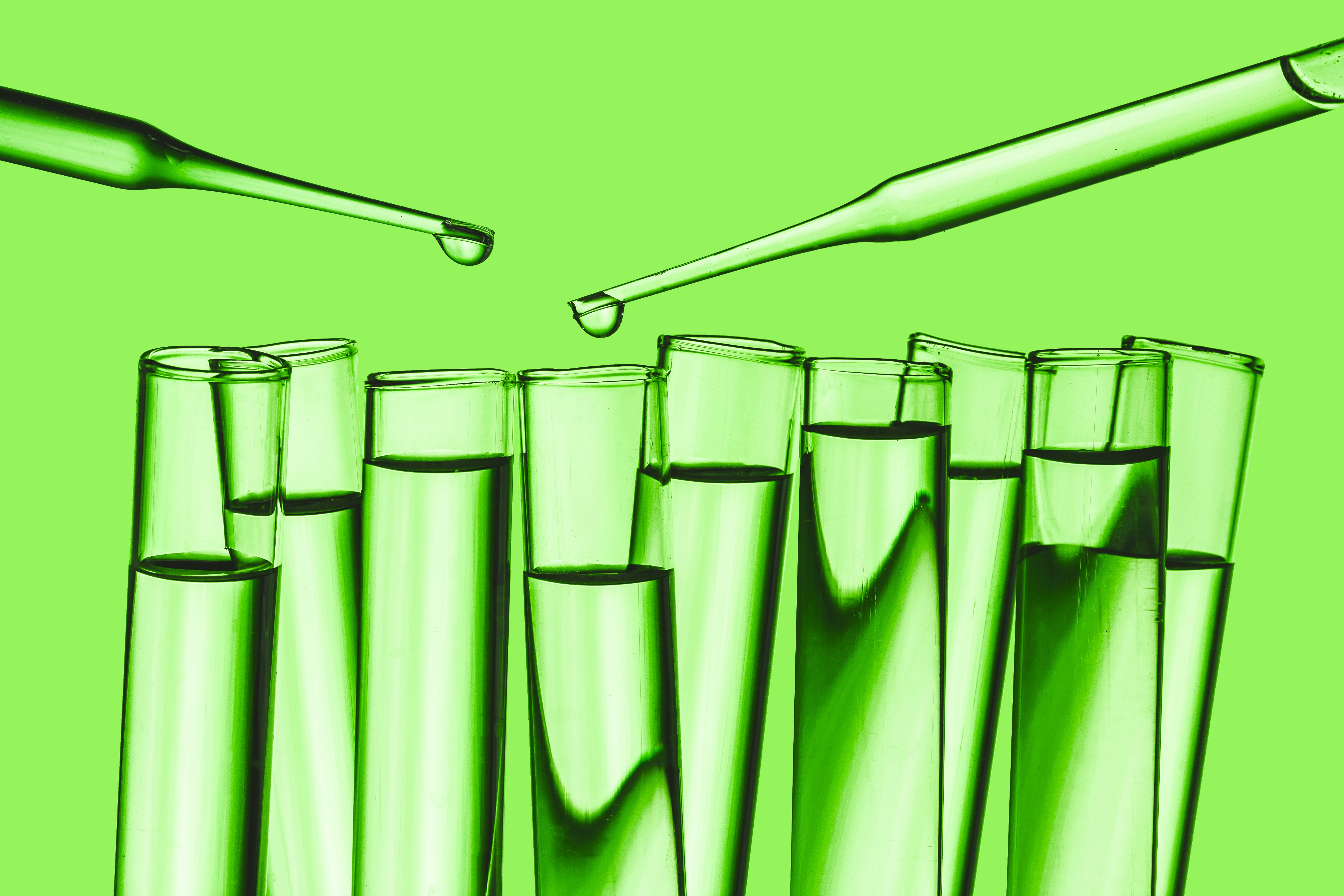The Kratky Method of Hydroponics Explained and How to Build
What is the The Kratky Method of Hydroponics?
The Kratky method is a form of passive hydroponics. The method was developed by the University of Hawaii researcher Bernard Kratky, who discussed the method in the journal Acta Horticulturae in 2009. Kratky systems are very easy to establish and maintain. It’s a good method for growing individual plants, but it’s not suitable if you want a hydroponic garden that includes a wide range of plants. You don’t need pumps for this method to work. This can be a nice method if you want to give hydroponic gardening a go and just want to start with one or two plants. It would allow you to make a judgement call after this as to whether you would like to expand your hydroponic garden to something more diverse using a different method and whether you have the time available to do so.
For the Kratky method, you need a container with a lid, a net pot, a growing medium, and a nutrient solution. You can use a mason jar as a container if there is nothing else to hand. The container is filled with the nutrient solution until it covers the bottom third of the net pot. A plant is placed in the net pot filled with a growing medium. The net pot is then suspended above the container with the nutrient solution. The plant’s roots are partly submerged into the water and partly exposed to the air. This will allow the plant to get essential oxygen. As the plant grows, the water level will decline because the plant will absorb the water in the system, leaving a gap and exposing the roots to air. Sometimes plants can get root rot in this system if there isn’t much of a gap between the roots and the plant above the surface.
Some of the advantages of the Kratky method of hydroponics are that it’s very simple, inexpensive, easy to maintain, and there are very few parts to it. The Kratky method works best for growing leafy greens and herbs. You can grow larger plants in Kratky systems, such as tomatoes and peppers, but you will need to top up the nutrient solution and regularly check the water level to ensure that the roots are exposed to air. While the simplicity of the system is appealing in that it doesn’t take much to set up, doesn’t cost a lot, and it’s not difficult to maintain because there are no mechanical parts, such as a water pump, this can limit the control you have over feeding your plants. It can sometimes be difficult to top up the nutrients accordingly, and not much oxygen is getting to the roots. This is a good method to try out hydroponics, and it’s great for children to have a go. If you simply wish to grow some greens, herbs, or a decorative plant—it’s fine, but this isn’t a technique to provide you with regular food to help you live a sustainable lifestyle.

Building a Kratky Hydroponic System
A Kratky system is essentially a deep water culture (DWC) system without a pump. It is perhaps one of the easiest systems to build and maintain, as it doesn’t require any electronic devices and electricity to run.
In a Kratky system, nutrients are added to the reservoir. Plants with a growing medium are placed into net pots that are held by a lid and hung above water. Plants’ roots are submerged into the water and partly exposed to the air so that they can get both nutrients from the nutrient solution and oxygen from the air.
Here's what you’ll need to build a Kratky system:
Supplies
- Reservoir—the size depends on how large the plants you want to grow are and how big you want your system to be. A large 2-liter soda bottle or a milk jug can work if you want to grow small plants or herbs. If you want to grow larger plants, you can use a 5-gallon (19L) black bucket.
- Lid—either plastic or even a Styrofoam one works. The lid is very important, as this is what holds your plants and keeps the water in the system from evaporating. It’s good if your reservoir already has a lid. If you’re going to use a bucket, many of them are sold with lids. But if your reservoir doesn’t have a lid, you’ll need to get one.
- Net pots—choose the size according to the size of your plants. We usually use 3-inch (7.5 cm) net pots, and they work great for most plants.
- Growing medium—perlite, vermiculite, and coco coir work best in Kratky systems. Hydroton also works well—it is easy to work with, pH neutral, and has good air aeration.
- Nutrient solution
- pH meter
- pH control kit to adjust your nutrient solution pH level
Tools
- Electric drill
- 3-inch (76 mm) hole saw mandrel
Instructions
- Drill or cut holes in the lid large enough to place and hold a net pot.
- Fill the reservoir with water. Distilled or filtered water is preferred.
- Add the nutrients at suggested amounts and stir the nutrient solution so that everything is mixed properly.
- Check the pH level of your nutrient solution. It should be between 5.5 and 6.5. If it’s outside the recommended range, you can adjust it with the pH control kit.
- Place the net pots with the growing medium and plants into the holes in the lid. Make sure the plants’ roots are partly submerged in the nutrient solution and partly exposed to air.
Plants will absorb water and the water level will decline, leaving a gap and exposing the roots to air. They usually grow quite fast, so when the water in the system is almost empty, plants typically reach their harvest time. If the plants haven’t quite reached their harvest time or you want to continue growing, you can add more water and nutrient solution and adjust the pH level accordingly.
For more great content check out the Proponics YouTube channel below!

By Max Barnes
Max Barnes is a long-time homesteader and author. Max grows the majority of his own food year-round using a variety of different methods, including hydroponics. Hydroponic gardening plays a huge part in his homestead and self-sufficiency goals.




